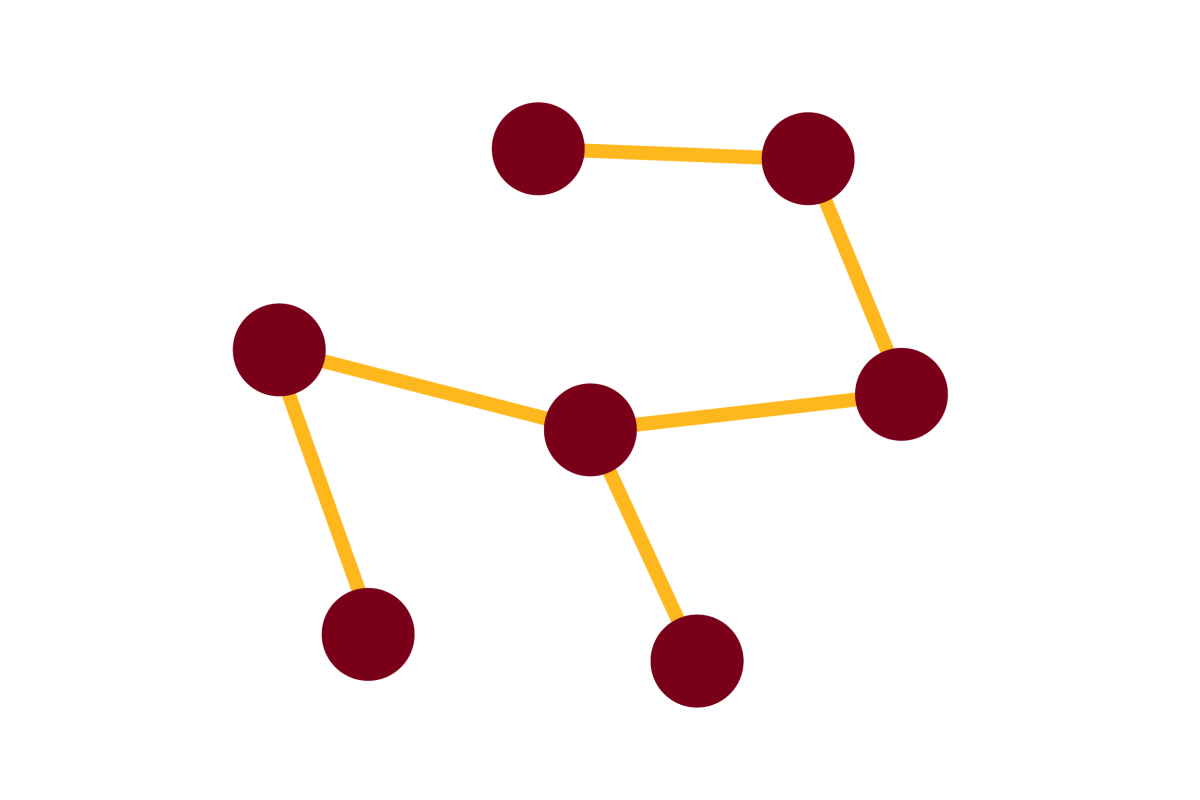Deep Learning-Based Approaches for Decoding Motor Intent from Peripheral Nerve Signals [preprint]

Preprint date
February 19, 2021
Authors
Diu Khue Luu, Anh Tuan Nguyen, Ming Jiang (postdoctoral associate), Jian Xu, Markus W Drealan, Jonathan Cheng, Edward W Keefer, Qi Zhao (assistant professor), Zhi Yang
Abstract
The ultimate goal of an upper-limb neuroprosthesis is to achieve dexterous and intuitive control of individual fingers. Previous literature shows that deep learning (DL) is an effective tool to decode the motor intent from neural signals obtained from different parts of the nervous system. However, it still requires complicated deep neural networks that are inefficient and not feasible to work in real-time. Here we investigate different approaches to enhance the efficiency of the DL-based motor decoding paradigm. First, a comprehensive collection of feature extraction techniques is applied to reduce the input data dimensionality. Next, we investigate two different strategies for deploying DL models: a one-step (1S) approach when big input data are available and a two-step (2S) when input data are limited. With the 1S approach, a single regression stage predicts the trajectories of all fingers. With the 2S approach, a classification stage identifies the fingers in motion, followed by a regression stage that predicts those active digits’ trajectories. The addition of feature extraction substantially lowers the motor decoder’s complexity, making it feasible for translation to a real-time paradigm. The 1S approach using a recurrent neural network (RNN) generally gives better prediction results than all the ML algorithms with mean squared error (MSE) ranges from 10−3 to 10−4 for all finger while variance accounted for (VAF) scores are above 0.8 for the most degree of freedom (DOF). This result reaffirms that DL is more advantageous than classic ML methods for handling a large dataset. However, when training on a smaller input data set as in the 2S approach, ML techniques offers a simpler implementation while ensuring comparably good decoding outcome to the DL ones. In the classification step, either machine-learning (ML) or DL models achieve the accuracy and F1 score of 0.99. Thanks to the classification step, in the regression step, both types of models result in comparable MSE and VAF scores as those of the 1S approach. Our study outlines the trade-offs to inform the implementation of real-time, low-latency, and high accuracy DL-based motor decoder for clinical applications.
Link to full paper
Deep Learning-Based Approaches for Decoding Motor Intent from Peripheral Nerve Signals
Keywords
bioinformatics, computational biology, deep learning